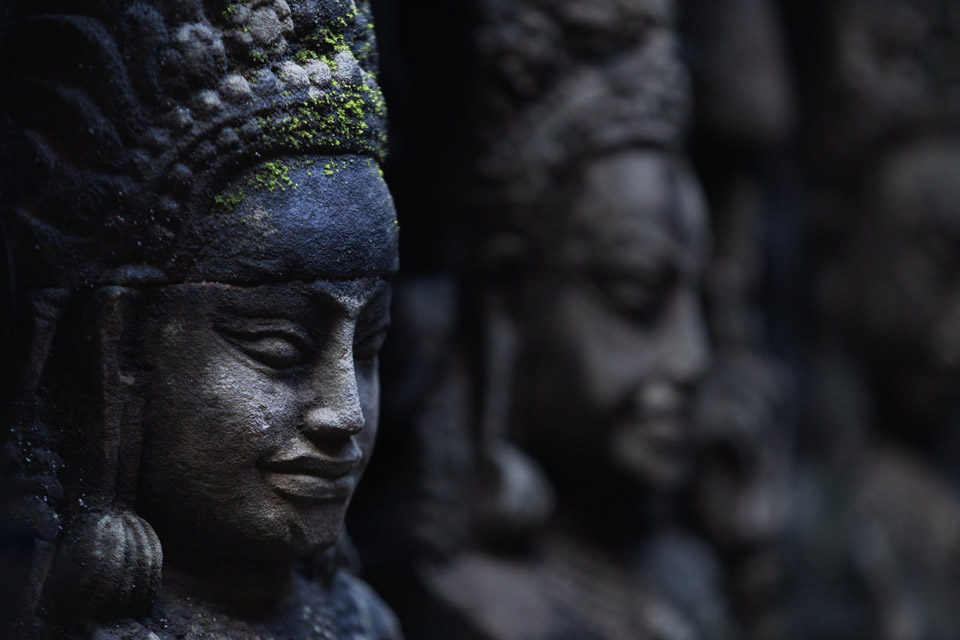

2024 Khmer New Year – April 13th-16th
A three day* festival enjoyed by the whole country, where crowds flock to select destinations & homelands to celebrate with their friends & relatives. Many tourists and ex-pats avoid any travel during this holiday as the whole country is on the move, it is however a great opportunity to observe Khmer culture first hand.Be aware that many services are significantly reduced and that prices rise for the more popular destinations.
The history
Songkran, Khmer New Year, was traditionally celebrated on the first Khmer lunar month, December – January (10th Chinese lunar month). However, during troubled times under the ruling of Ang Doung, it was moved to mid April**, coinciding with the solar Hindu New Year. Times were hard and it was thought beneficial to move the new years celebrations to after the rice harvesting and before the oncoming monsoon season when farmers could rest and enjoy the festivities.
Traditionally, celebrations are for three days. The first day, Maha Sangkran, marking the end of the year, Khmers will make offerings and receive blessings from the monks at the local pagoda’s. The second day, Wanabot, gifts are offered to parents & elders. Day three, Leung Sakk, marks the first day of the new year, where again the Khmers will give offerings to Buddha at the pagodas and temples.

Traditional games
Unlike the western calendar, where midnight sees the turning of a new year, the Khmers have based their system on solar activity, the turning of the new year seems to be at some random time each year (not midnight), however it is based on a complex calculation involving the sun’s position & aligning to a star constellation. This is a rather complex to understand, probably just as easy to read the table given in this link. The time of this alignment is said to be when an angel, Kimitea Tevi, travels to earth for the new year.

Powder fighting, Songkran
Sonkran at Angkor & Siemreap
Recent years has seen large scale celebrations for Songkran at Angkor Wat lead by the Khmer Youth Federation, televised throughout the nation with large numbers of Khmers traveling from around the country to attend.
The whole area in front of Angkor Wat and Elephant terrace will be full of Khmers and traditional entertainment. Activities include simple, fun games such as sack racing, giant chess, tug of war, all enjoyed with good Khmer humor & spirit. You can also expect to see many khmer traditions performed such as cart racing and Bokator, Khmer martial arts. It is a great time to witness the culture for the photographer, however the crowds can be overwhelming. If you’r planning a trip to the temples over this period, it may be a good idea to avoid these dates. If you do insist on going to Angkor, accept that you may get stuck in traffic, the Khmers arriving in masses with their 4×4’s clogging every route to the temples. A motobike or bicycle will be a better option over a car or tuk tuk as it’s easier to get through the traffic, the locals also know this, be aware!
In Siemreap, expect equal madness from early evening heading into the night. Again, expect chaos on the roads as the Khmers return from the temple complex. The Khmers know how to party, and that is what they will do. Radiating from pub street, celebrations normally includes a good soaking with water guns, powder fights and of course very loud music. In the streets of Siemreap, there is no escape!
For those seeking something less intense, a trip to the local villages can be rewarding. A personal favorite is Bakong, where locals party on a smaller scale. Again traditional games and entertainment are played with that village feeling. Activities here are mostly on the last day, visitors always welcome.
Over the past few years, entry to the celebration area (outside Angkor Wat) has been free to visitors from outside the Country. We expect this to be the case this year. If you wish to visit the temples, a pass will be necessary.
Note: According to the Cambodia publication Khmer Times, the ministry of tourism reported Angkor Sankranta 2017 attracted 1.7 million visitors! You have been warned!
*The festival is sometimes four days. At first I thought this was random, but there is a calculation to determine this!
**Some text suggests this was moved centuries earlier
Check out these 6 stunning photographs of Angkor Wat.
Heading to Angkor Wat? Check out out survival guide to the temples!
Visiting in November? it’s Cambodia’s water festival Bon Om Tuk, Cambodia’s Water festival
Book you Angkor Wat photography tour here!
New post: Faces of Angkor






















